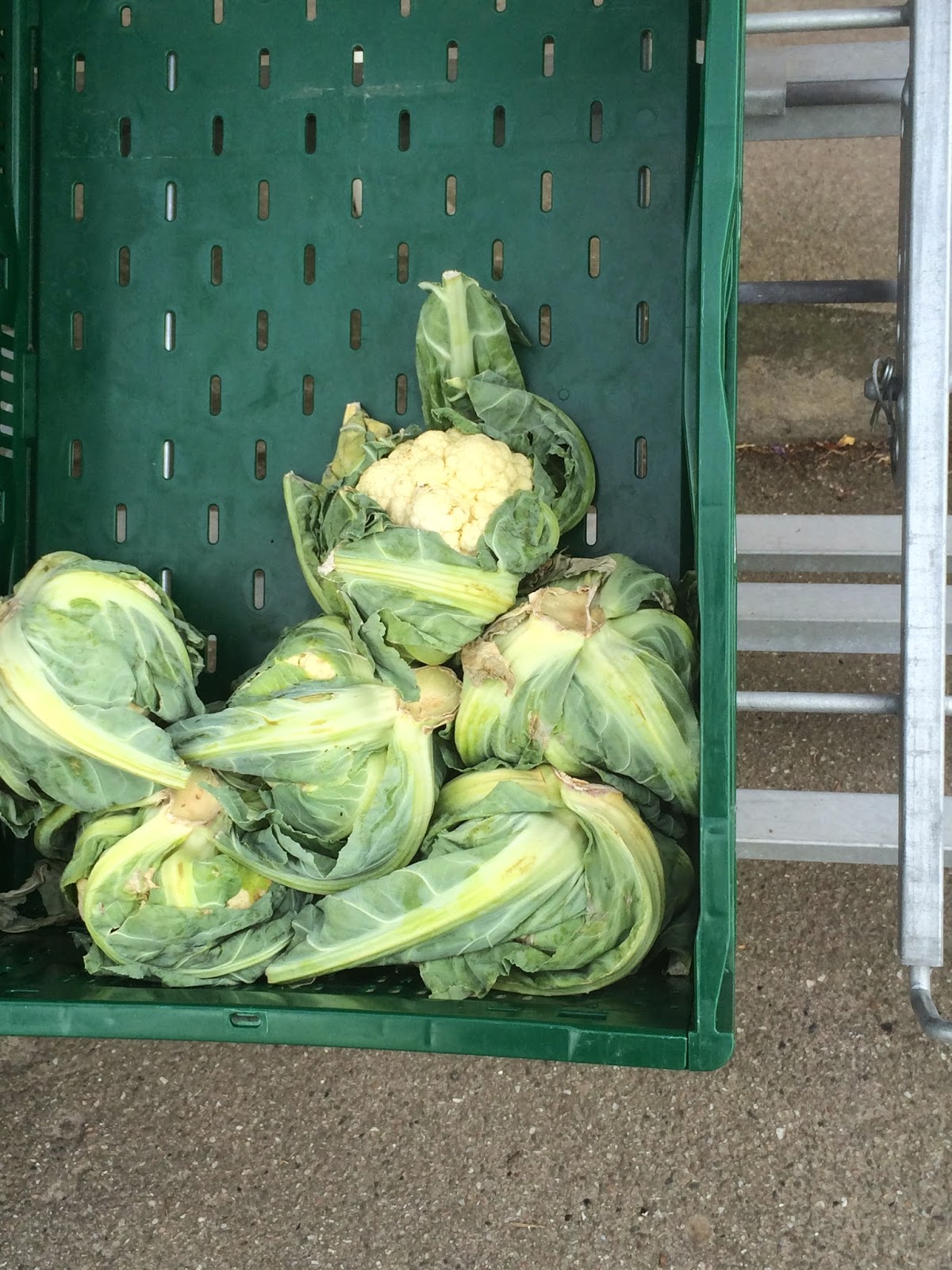Last week, Jews in Glen Rock and everywhere around the world
joined in small or large gatherings to celebrate the holiday of Rosh Hashanah.
The holiday marks the beginning of the Jewish New Year. It has several different
names in Hebrew. My favorite is Yom
Teruah, which literally means “the day of making noise.” That probably
refers to the noise made by blowing a ram’s horn called a shofar many times each
day. But it may also refer to the loud talking that often goes on between
friends in the synagogue. I’m just as guilty as anyone else on this count. And
I still got a little embarrassed this year when, at age 65 much like at age 8,
I was urged by someone sitting in the row in front of me to shhhhh. It seems I had
gotten a little too enthusiastic sharing news with my friend Joe, whom I see
just a few times a year. Let’s face it, prayers may be important at this time
of year, but not as vital as sharing stories about our families, some of Joe’s
infamous legal clients, or the prospects for Rutgers’ football team. As a
faithful attorney, Joe doesn’t say much about his clients of course, but we do
have a laugh about one family whom he has dubbed “the evil Katzensteins.” We
laugh because Audrey’s maiden name is Katzenstein, and, luckily, these evil ones
are not related to her. Gossip…gossip.
 |
| The many names of Rosh Hashanah |
Rosh Hashanah is also known as Yom Hazicharon, which means “day of remembering.” I wondered why
that name was chosen by the ancient rabbis, and I asked my modern rabbi for an
explanation. Not surprisingly, he gave me a religious reason—he said that we
hope God will remember us as the new year begins and, once remembering us, will
keep us in mind for the whole year to come. I suggested another explanation to
him, more human than religious. Throughout most Jews’ lives, they join with
their families, in large or small gatherings, to celebrate holidays. And they
share family traditions at those gatherings. That’s what we remember on Rosh
Hashanah, and it helps us get a good start on another year.
For me this Rosh Hashanah was a special time for
remembering. My mother died in early March, and this was the first year in my
lifetime that I didn’t see or speak with her during the holiday. But she was
well remembered. Amanda had several friends visiting during the holidays, and
while they sat around talking to each other, they wrapped themselves in one of
the many afghans my mother had knitted for us. And Brett pointed out that while
the chicken soup Audrey made using Ina Garten’s recipe was very good, it wasn’t
quite like Nana’s. Nana would take out some of the vegetables used for the soup,
puree them, and add them back in to thicken and flavor the broth. Memorable.
And I made my mother’s matzoh balls, which, she didn’t really make from
scratch. Instead, she insisted that you had to use Streit’s matzoh ball mix (no
other brand would do), and you had to use the one with the soup packet enclosed
inside the box. And, like my mother’s, these came out perfect this year.
 |
| Nana cooking and making memories |
And I
told some stories about holiday celebrations with my family in Savannah. I have
a favorite picture of our family gathered at the table when I was around five
years old. Everyone is looking toward the camera, except me; I’m too busy
eating to pose. (Some things never change.)
.jpg) |
| The family at holiday time. My grandfather is on the front right; my grandmother is in the very middle, where she belonged. |
I hope my kids are building up memories of our family
gatherings on Rosh Hashanah or other holidays, and that they will be sharing
them with children, or cousins, or friends in the years ahead. After all, the
New Year is not only a time for looking ahead; it’s also a time for reaching back
and holding on strongly and happily.



























